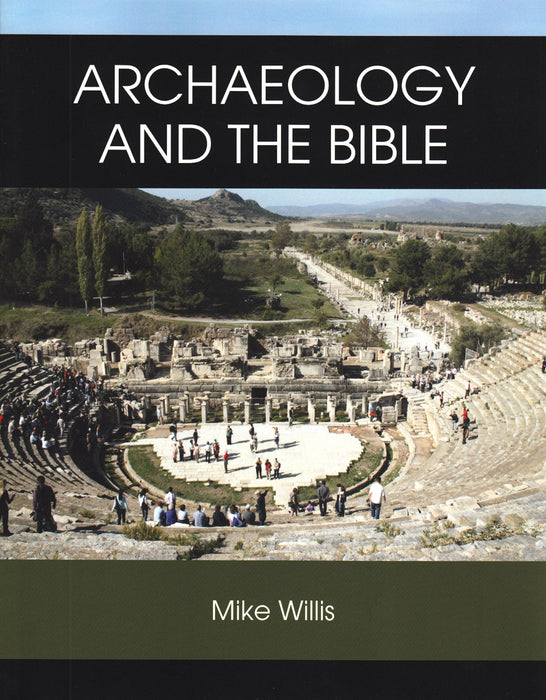
Archaeology and the Bible
Archaeology helps bring to life the people, places, customs, cultures, events, and historical context of the Bible. It also provides confirmation of the accuracy of the biblical record. This new workbook is packed full of great and up to date information on archaeological discoveries and their importance to our understanding of the Bible. Every Christian and every church needs to study this material!
13 lessons with questions
Lesson Titles:
1: Introduction to Biblical Archaeology
2: Archaeology and Genesis 1-11
3: Archaeology and the Patriarchs
4: Sojourn in Egypt and the Wilderness Wanderings
5: The Conquest and the Judges
6: The United Monarchy
7: The Kings of Israel
8: The Kings of Judah
9: The Exile and Restoration
10: The Dead Sea Scrolls
11: Archaeology and the Life of Jesus
12: Archaeology and the Early Church
13: The Seven Churches of Asia
